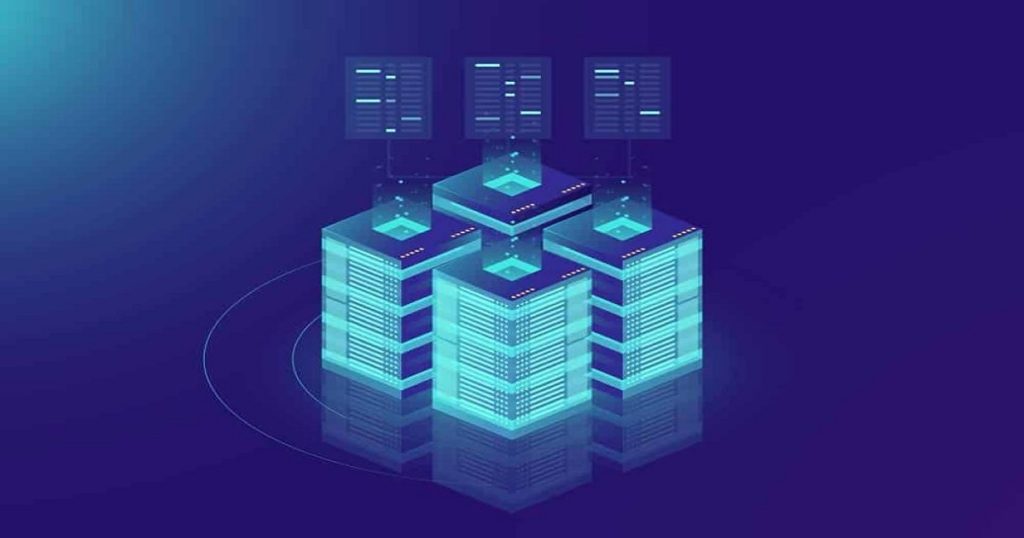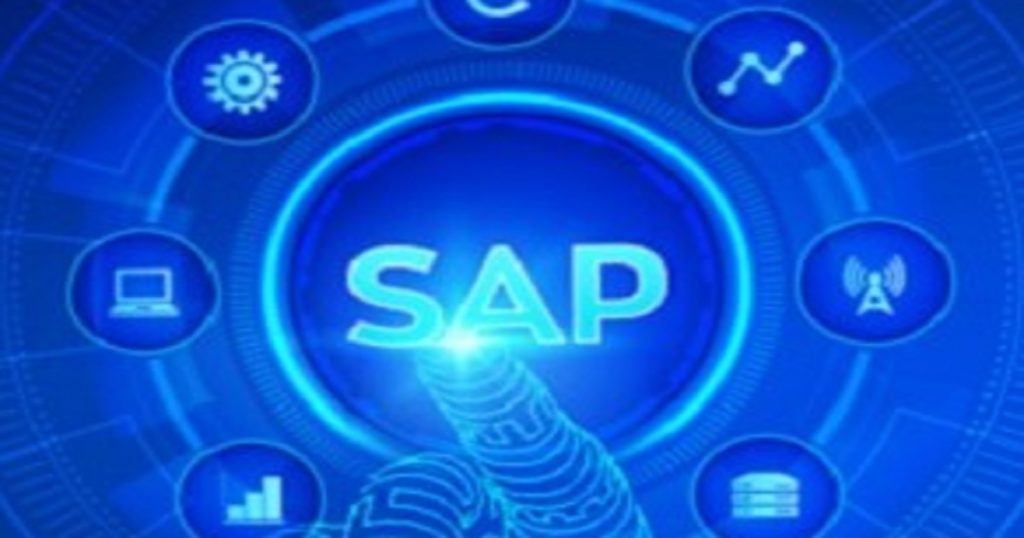SAP Training: 5 Big Things to Know Before You Start

SAP offers a variety of software packages for enterprise technologists, much of it in the enterprise resource planning (ERP) space. Many large companies demand that their developers have at least some familiarity with SAP’s software. That means SAP training is essential.
A quick breakdown via Burning Glass, which collects and analyzes millions of job postings from across the country, shows that a hefty percentage of technologist jobs, including software developer, database architect, and systems analyst, request some combination of SAP-related skills.
Fortunately, there’s a lot of documentation and training material out there, thanks to SAP’s 400,000 customers worldwide and the accompanying need for information. If you’re in the market for SAP training, you can pretty much find anything on the company’s analytics, warehouse management, Cloud, and HANA modules.
For Tim Webb, managing director of enterprise technology services at Robert Half Technology, learning SAP is a way to enter into a long, diverse career with a technology deeply embedded in some of the world’s biggest companies. Here are some of his tips about SAP training.
What companies use SAP?
Because of the cost and complexity of SAP, it’s typically only used by larger corporations—those in the $1 billion (and over) revenue bracket. For people looking to develop a skillset within SAP, that means they’ll most likely end up utilizing those skills within a large, enterprise-style environment. While that’s great for some people who enjoy working within huge teams (which, hopefully, have large budgets to match), it’s not necessary for everyone, especially those used to fast-paced startups.
It’s also important to recognize that, given how SAP software is usually embedded deeply within an enterprise, any technologist specializing in it will likely need good “soft skills” such as collaboration and communication. That’s because the outputs and inputs of SAP platforms are often shared among multiple teams, with lots of collaborating (and competing) stakeholders.
Why should someone learn SAP skills?
Overall, experience with SAP gives you an worthwhile and in-demand toolset that you can leverage to build your career. Webb noted that SAP careers can be great springboards to more general management roles such as functional data consolidation manager, director of material management or a functional/logistics manager.
“There’s a lot of different ways and areas in which you can get into SAP, depending on where someone wants to be,” he said. “It’s such a wide array of roles and responsibilities that come out of SAP, there’s a position within that frameworks for almost any technology skill set.”
What is SAP training used for?
“In the enterprise resources market, it’s a great technology, one that’s been around for years, and companies aren’t going to move away from it,” Webb said. “Businesses are looking to more cloud-based solutions, and knowing SAP offers individuals that next career opportunity within IT.”
That’s partly because knowing SAP is a cross-functional skill; its modules and packages touch on everything from data analytics to project management, including:
- ERP and Finance
- Digital Supply Chain
- CRM and Customer Experience
- HR and People Engagement
- Network and Spend Management
- Business Technology Platform (data and analytics)
SAP training will not only allow technologists to work on projects within organizations, but, if they have an eye on ascending into management, the technology itself will give them key insights into what’s driving a particular business. That will come in useful if you apply for an executive role and show that you have a holistic sense of what a company actually needs.











